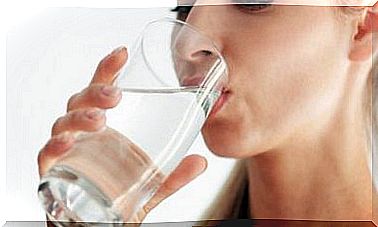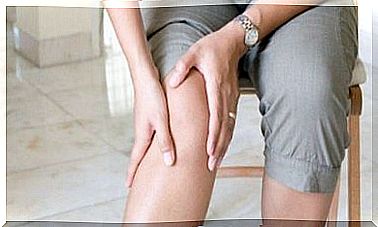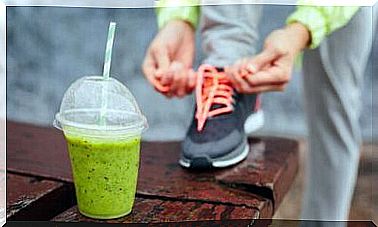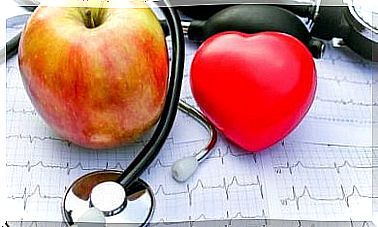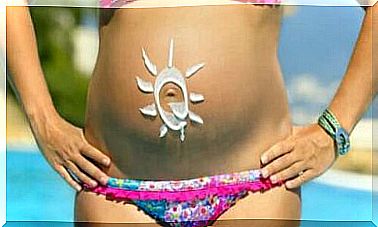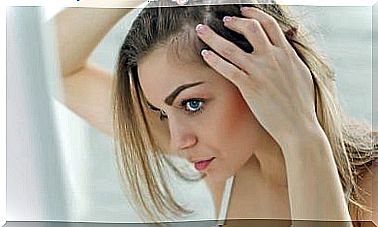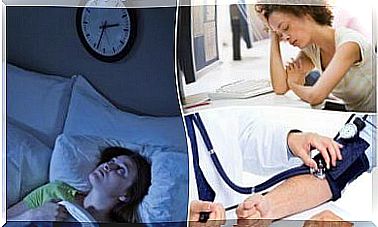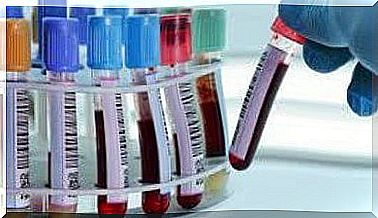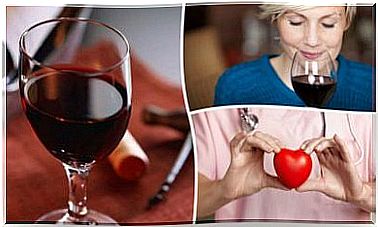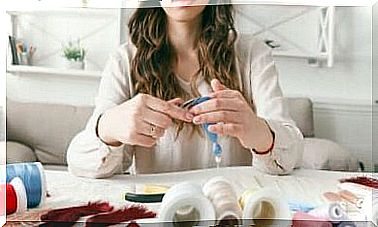What Is Acupressure?
Through acupressure we can relieve pain in different areas of the body just by applying finger pressure to a number of specific points.
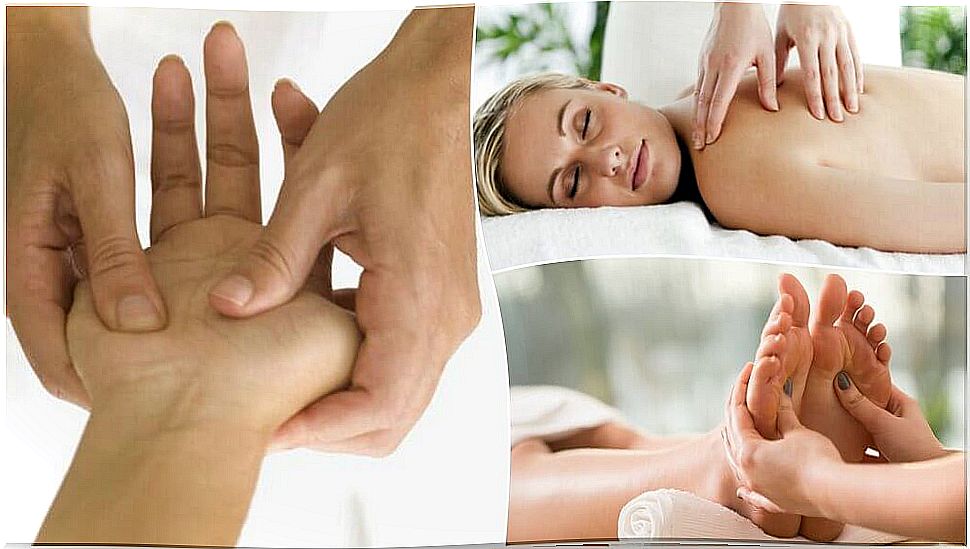
Acupressure or digipuncture (acupuncture without needles), a therapy derived from Chinese acupuncture, aims to reactivate the circulation of energy in order to naturally control all the ailments linked to these imbalances.
According to traditional Chinese medicine, the human body has about twenty energy channels, called meridians.
Their stimulation helps create a connection with some of the most important organs, providing a balance that helps keep body and mind in harmony.
When the nodes of these meridians are blocked or poisoned, an imbalance occurs in our energy field, causing various symptoms and diseases that reduce the quality of life.
What is acupressure? What are the advantages ? We will describe them to you in detail.
What is acupressure?
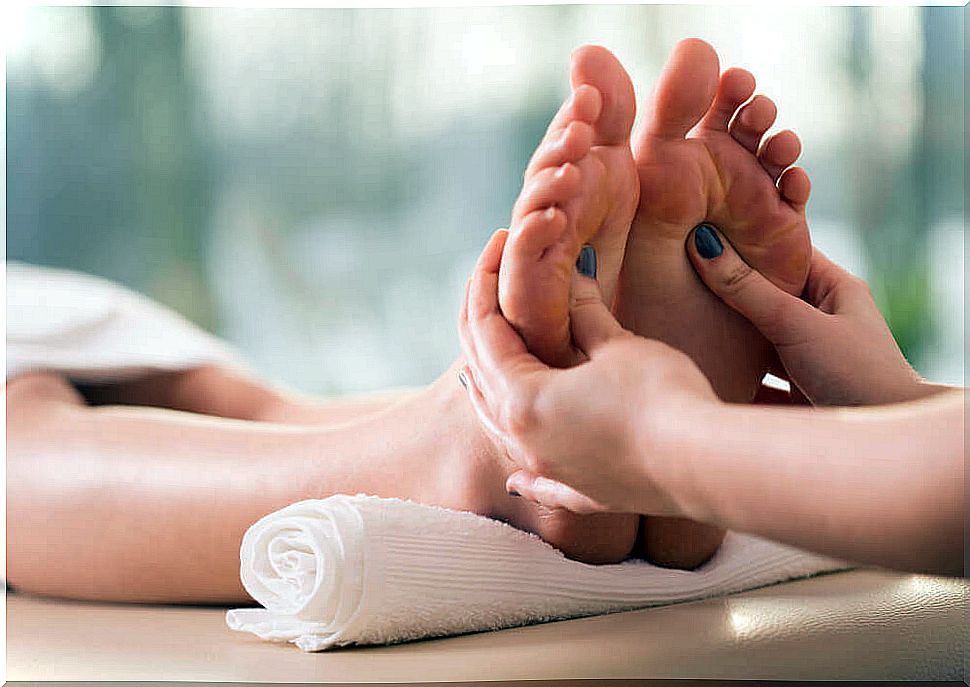
Acupressure is a therapeutic procedure that combines both the principles of massage and acupuncture without the use of needles.
The therapist puts pressure on a series of specific points throughout the body to promote physical recovery.
Each point or group of points connects to an internal organ through a network of energetic channels called meridians.
Through these meridians circulates the ‘ ki’ or ‘ chi’ , that is to say the vital energy which keeps us alive. This energy comes from our parents and takes its strength in what we get from the food and the air we breathe.
How does acupressure work?
Acupressure is performed with the fingers, either by applying pressure with the fingertip or with the joint. Some also use the tip of a pencil.
- Experts in this field explore points and meridians, then squeeze until they find the exact spot that promotes healing for the patient.
- At first you may feel a slight tingling sensation in the body. But as you continue the technique it gets lighter and lighter.
- The pressure on each point lasts 15 to 30 seconds, making sure that it is the exact point where the energy imbalance is believed to be located. Once the session is over, the relief is almost immediate.
It is important to note that the effects of this therapy may vary from organism to organism. But one of the most difficult aspects is finding the points to be addressed.
Therefore, it is normal that some points do not always work as expected.
What is acupressure used for?
Acupressure is practiced in addition to the treatment of a wide variety of chronic or recently discovered diseases.
Its practice aims to stimulate the energy channels of the body to achieve a balance that allows the body as well as the mind to find a balance.
Here are some of the dysfunctions that are treated with this therapy:
- Muscle aches, contractures, or body aches
- Feeling of chronic fatigue or exhaustion
- Stress, anxiety and nervousness
- Depression and sleep disturbances
- Menstrual disturbances
- Symptoms of menopause
- Constipation, diarrhea or digestive problems
- Osteoarthritis and arthritis
- Poor blood circulation
- Facial paralysis
Most used energy points
1. Hegu
- Located on the back of the hand, between the thumb and forefinger.
- Not suitable for pregnant women.
- It is used to treat muscle pain, headaches, inflammatory problems, and digestive illnesses.
2. Zusanli
- Located three inches and one finger below the knee joint.
- Calms various digestive diseases and the feeling of fatigue.
- May be helpful in relieving back pain.
3. Neiguan
- Located in the crease of the wrist, between the tendons of the long palmar muscle and the radial flexor muscle of the arm.
- Indicated for palpitations, nausea, vomiting and pain in the upper joints.
- Can soothe a variety of psychological disorders.
What are the precautions to take when practicing acupressure?
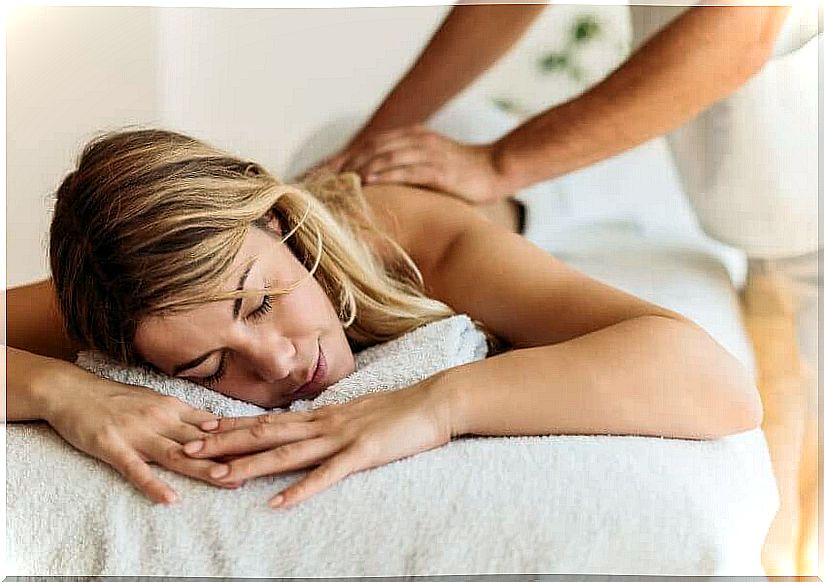
Before starting acupressure treatment, it is essential to consider some precautionary measures:
- Points in the abdominal region are contraindicated for pregnant women.
- Strong force should not be applied to debilitated patients, the elderly or children.
- It is not recommended to apply it in a state of hunger or drunkenness, as it can cause fainting.
- It is contraindicated in areas such as the front of the neck, armpits, sides of the chest and around the breasts.
Acupressure is an effective technique against uncontrollable infections caused by energy imbalances in the body.
Although it can be applied at home, it should always be practiced using the necessary precautions to avoid injury.
